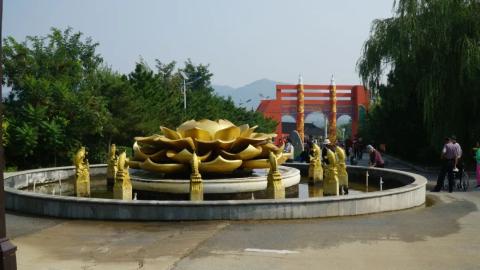
The distance from Beizhen to Fuxin Haitang Mountain is not far. We arrived at the entrance of Haitang Mountain Park at noon, found a farmhouse for lunch, and then went up the mountain to enter the scenic spot. One of the teachers accompanying us also had a tour guide certificate, so we went to the ticket office. Whether the ticket can be free of charge? Facts have proved that Northeastern people are quite practical. Although they have not performed their duties as tour guides, there are still free discounts.
Haitang Mountain Scenic Area in Fuxin, Liaoning, is located in the west of Liaoning, 25 kilometers southeast of Fuxin City. It is a national AAAA tourist attraction and a national forest park. It is located in the Haitang Mountain National Nature Reserve and is known as the "Famous Mountain of Buddhist Art".

There is just such a big lotus when you enter the scenic spot. Haitang Mountain is indeed a Buddhist place.

I don’t know if these elephants are related to Manjushri Bodhisattva.

I’m afraid that tourists don’t know that this is the territory of Buddhism, so I’ll write it in big letters for you to read.
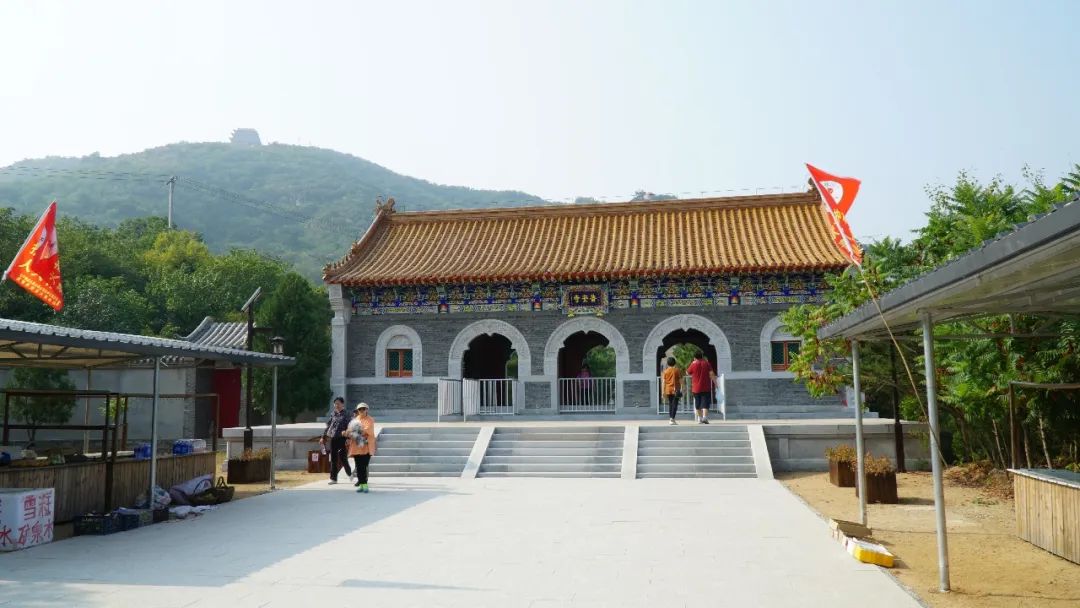
This door seems to be considered a formal entrance.
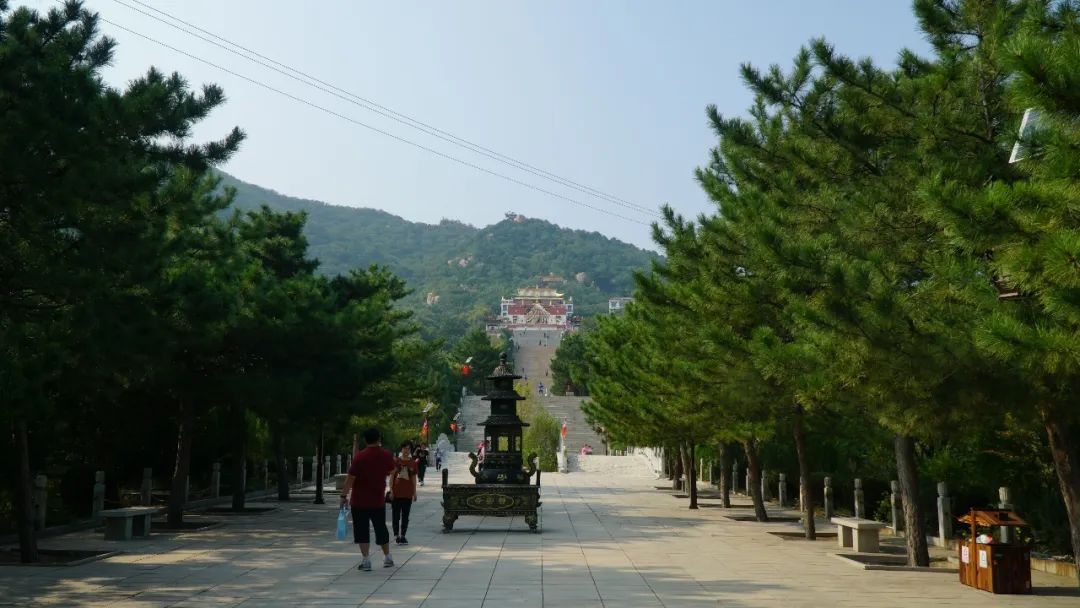
Take a long walk to Pu'an Temple. Pu'an Temple, with a history of more than 300 years, has been passed down by six generations of reincarnated living Buddhas and is the eastern center of Tibetan Buddhism. The Tsoqen Hall is majestic and resplendent, and is known as the Little Potala Palace. It houses the tallest clay sculpture in the country, the Buddha with a large white umbrella covered with gold, and is full of incense.
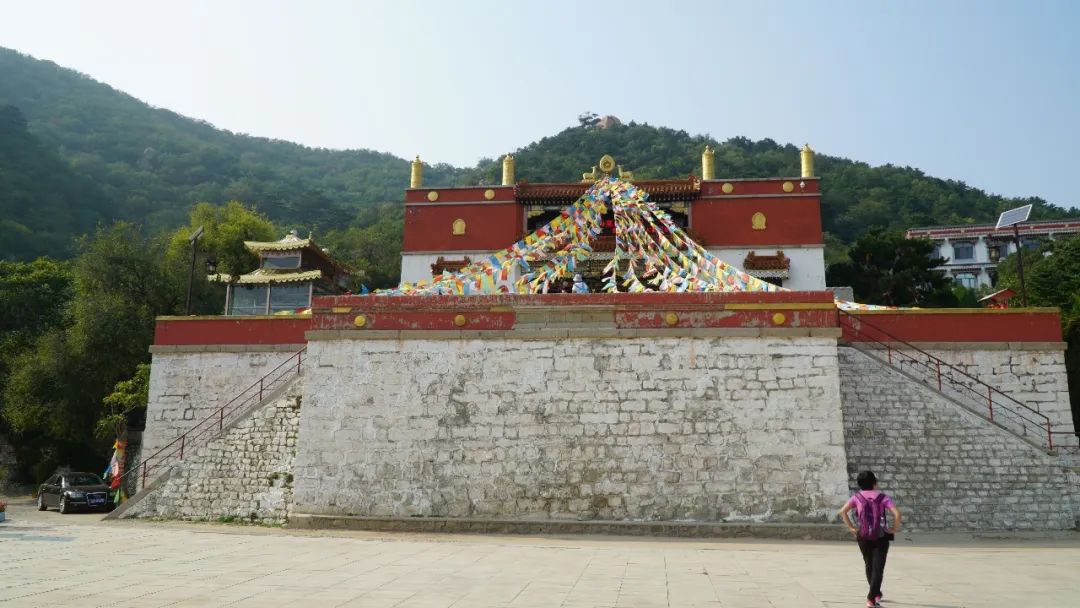

This building looks like a Tibetan Buddhist temple, very similar in style to Kumbum Monastery.
I wonder why the western Liaoning region is the territory of Tibetan Buddhism!
You can go in and take a look inside Pu'an Temple, but you are not allowed to take pictures. We went in and walked around the temple. Just like any other Tibetan Buddhist temple, there were several rows of pavilions in the middle, and many lamas were chanting sutras. There was a young lama nearby to maintain order. No talking or talking was allowed. Photograph. . . It makes people feel that the service attitude is very bad. Maybe they are just cultivating and not receiving tourists to cheat money.
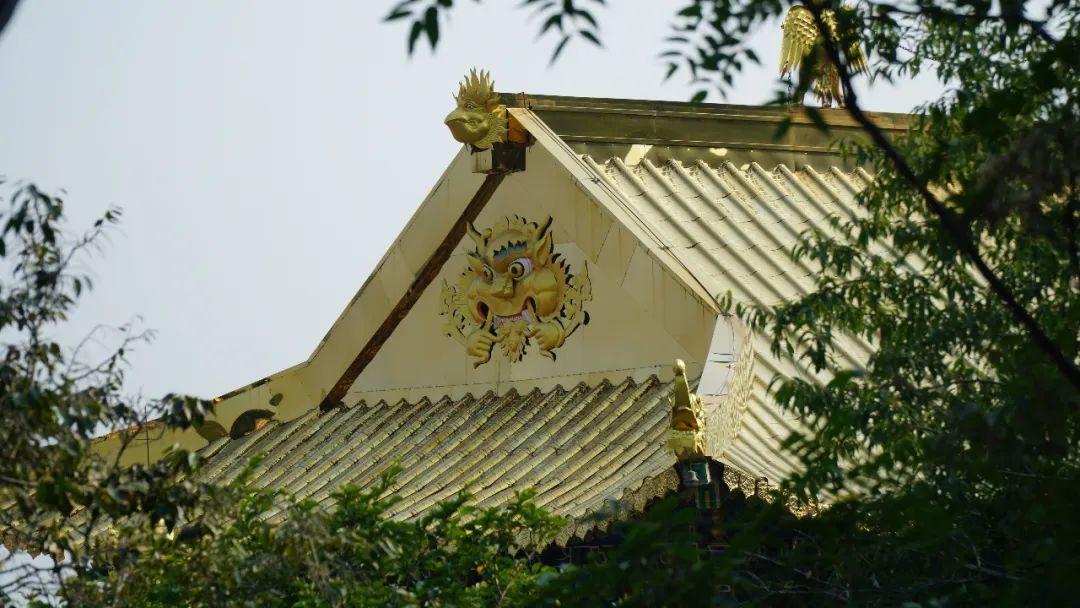
The real value of Haitang Mountain is the variety of cliff statues. From the mountains to the top, there are ever-changing Buddha statues carved on granite stones of different sizes. There are now more than 260 well-preserved Buddha statues. The highest is 5 meters and the smallest is 5 meters. Only 0.3 meters. Some of the 10 Buddha statues are in one group, and the largest group of 26 statues is called "Jixian Stone". Some of the Buddha statue niches are engraved with Mongolian, Manchu, Tibetan, Sanskrit and Chinese characters on the top, bottom and left and right, and some are even painted. Even after more than 300 years, the color has not faded.
We climbed up the mountain behind Pu'an Temple to have a look.

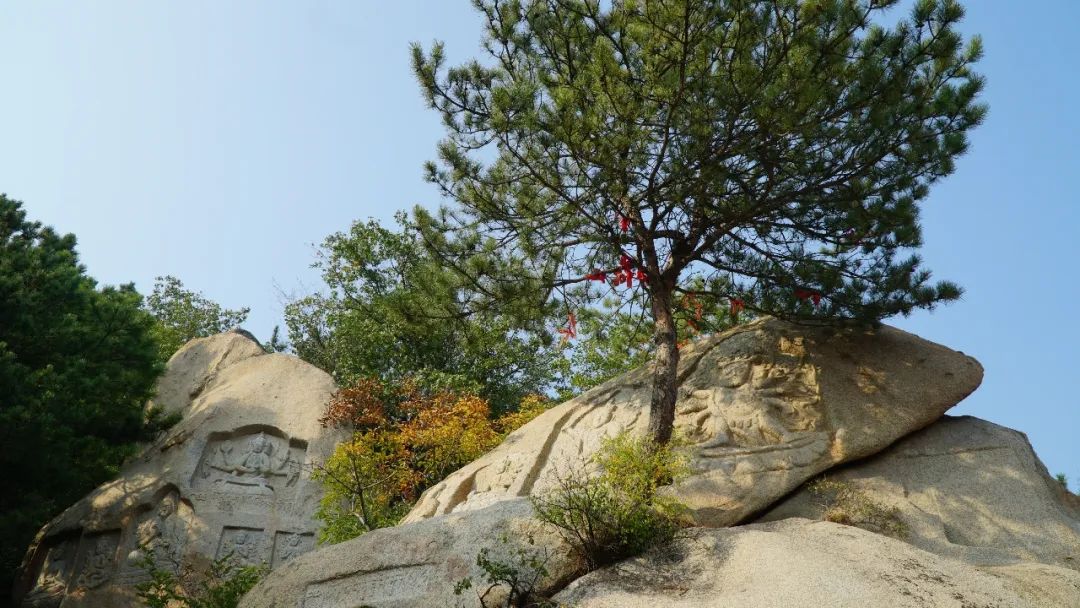
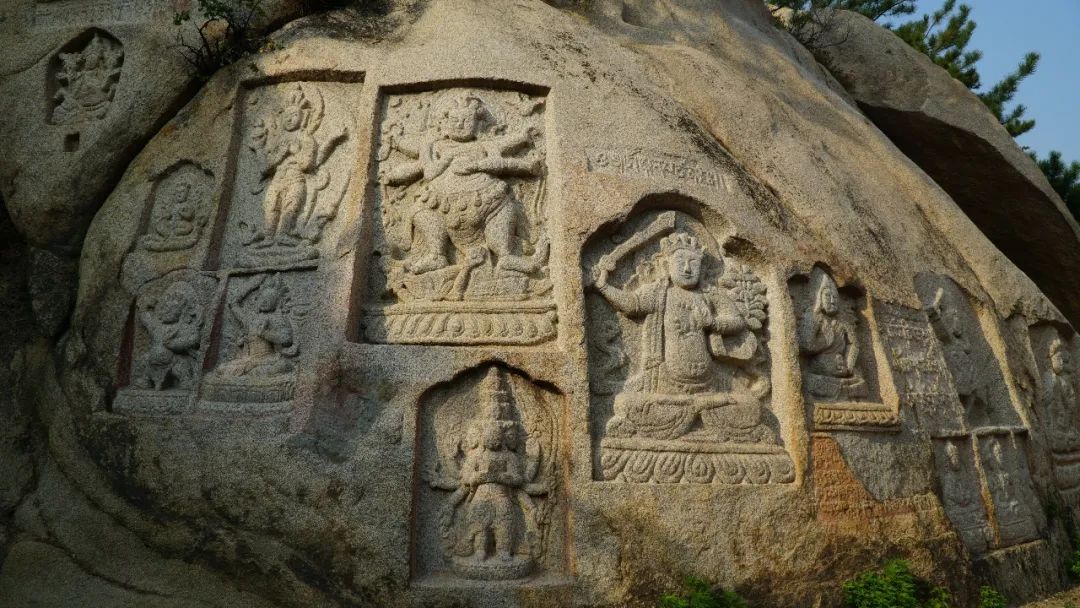

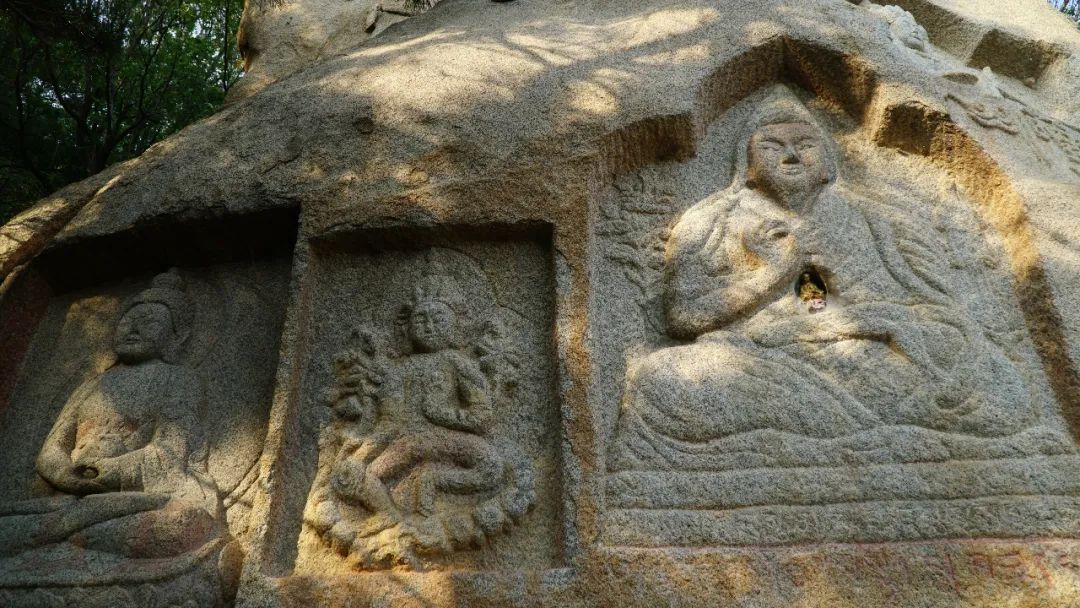
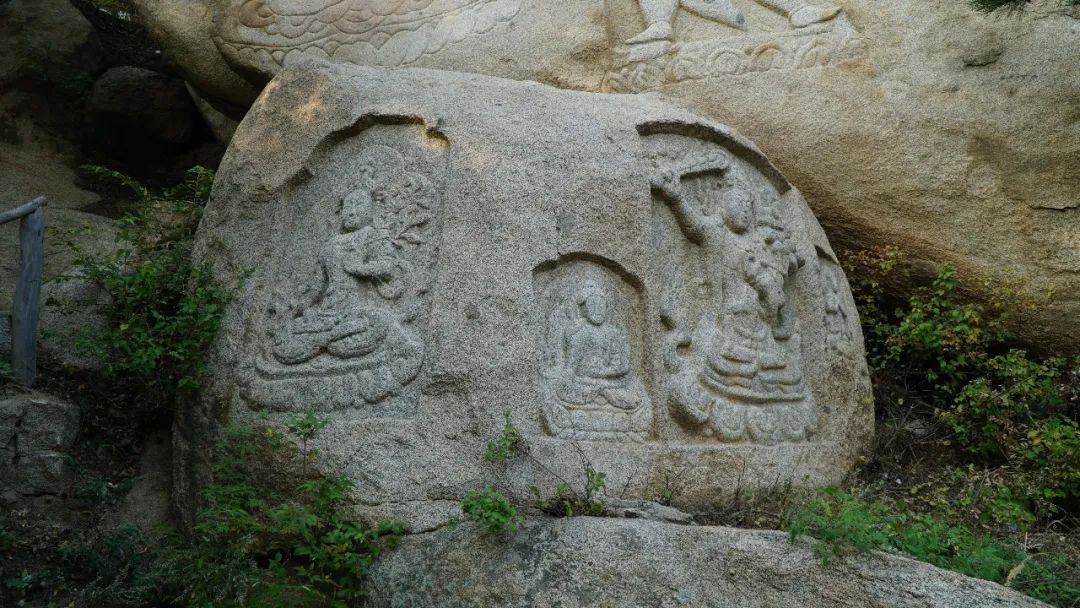
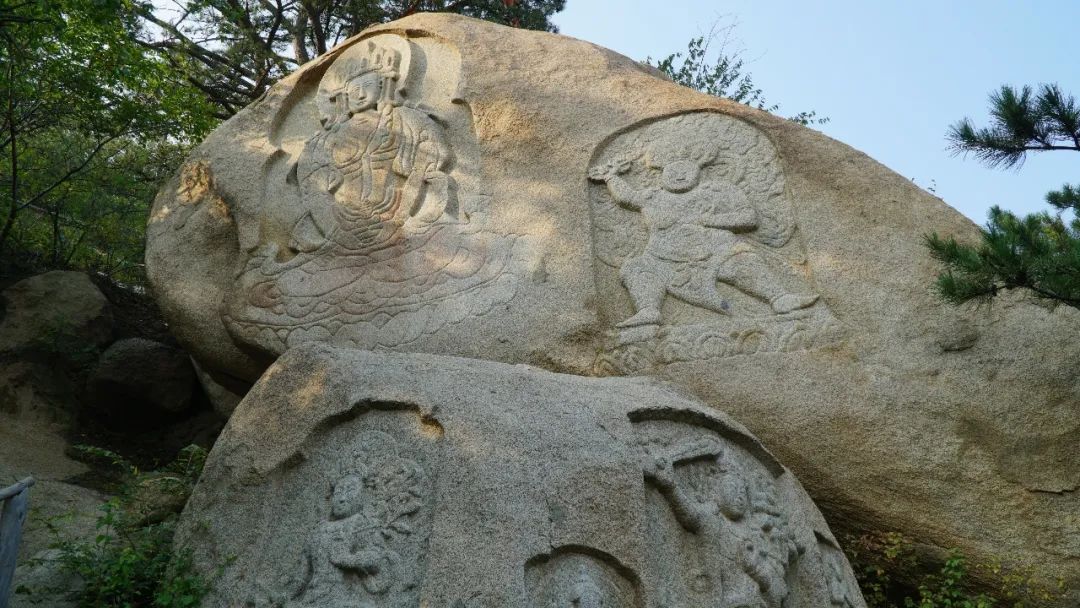
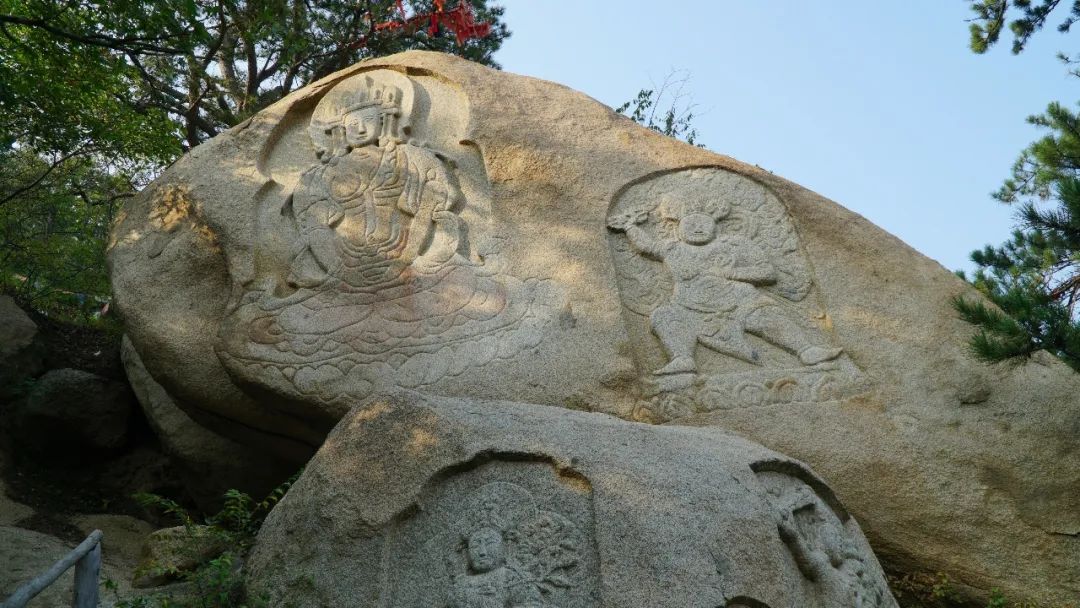
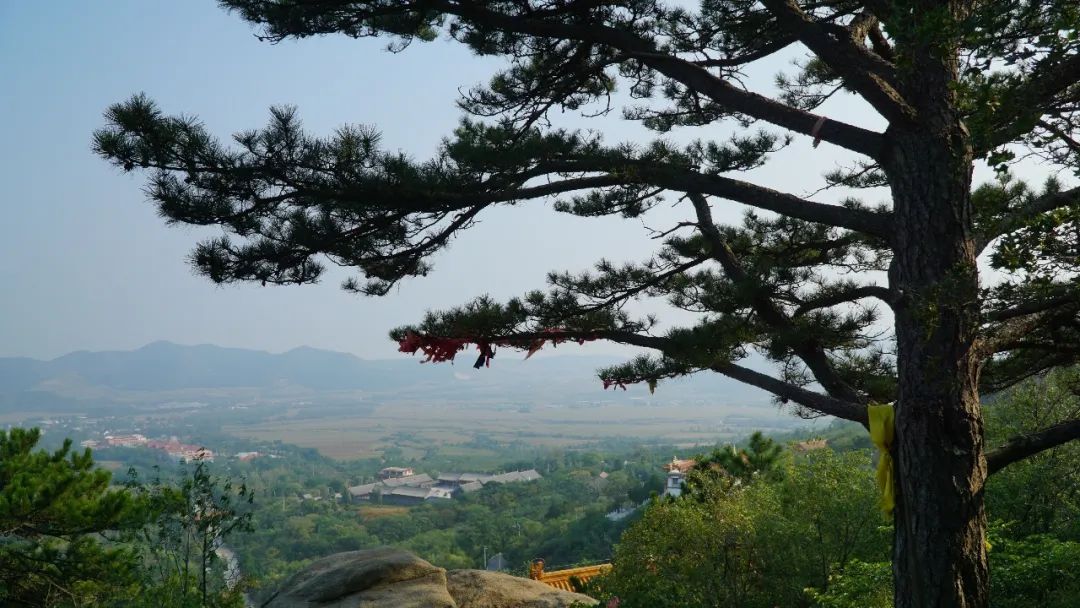

Looking at the bottom of the mountain from the mountain, it is still a bit tiring to go up this mountain.

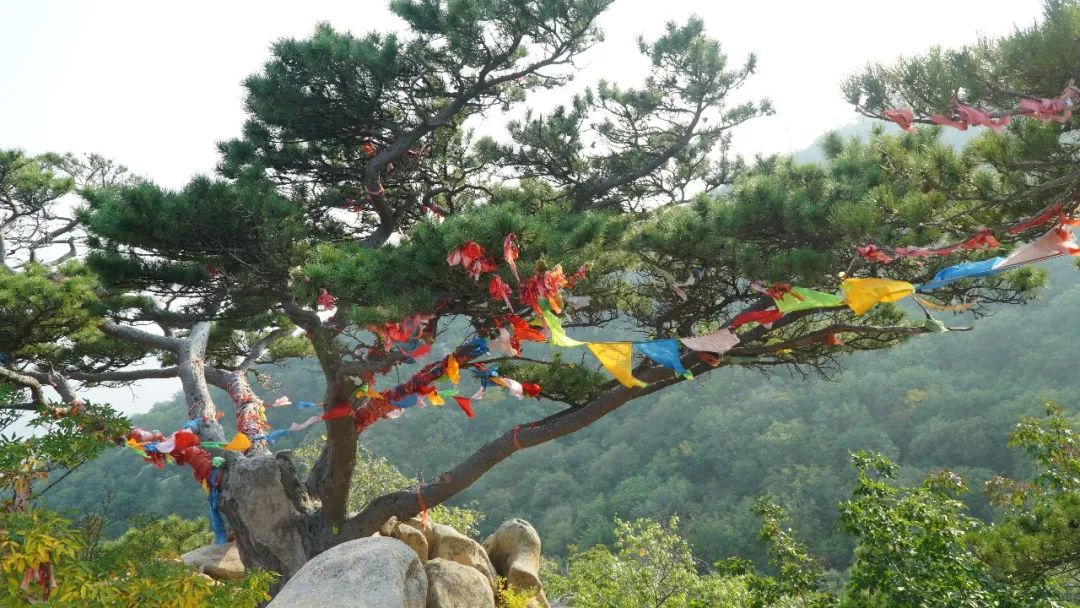
Someone hung a colorful flag on the tree on the top of the mountain (of course this is not a colorful flag)
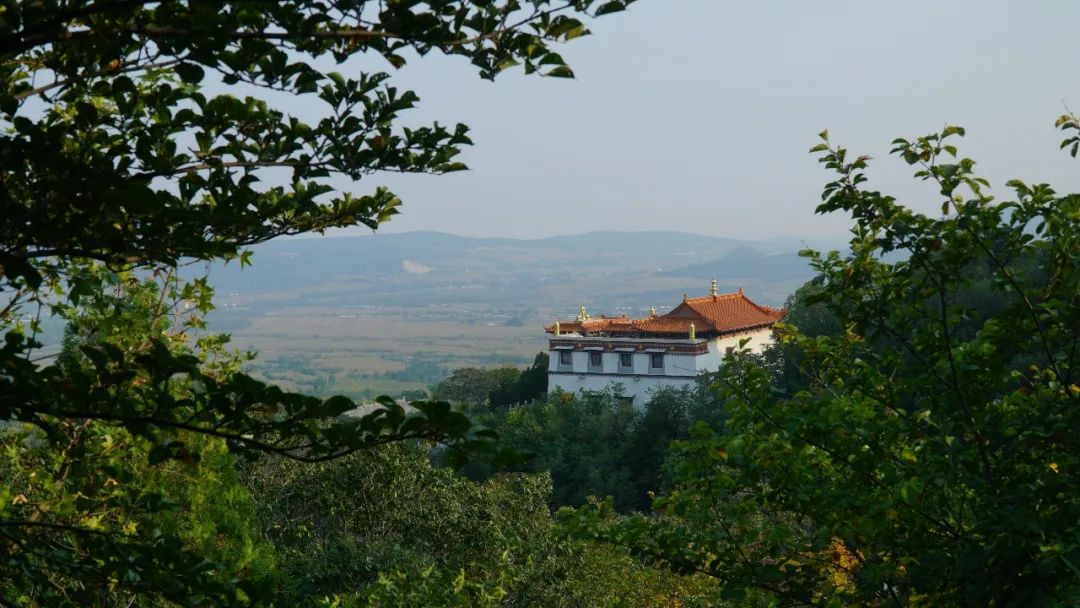

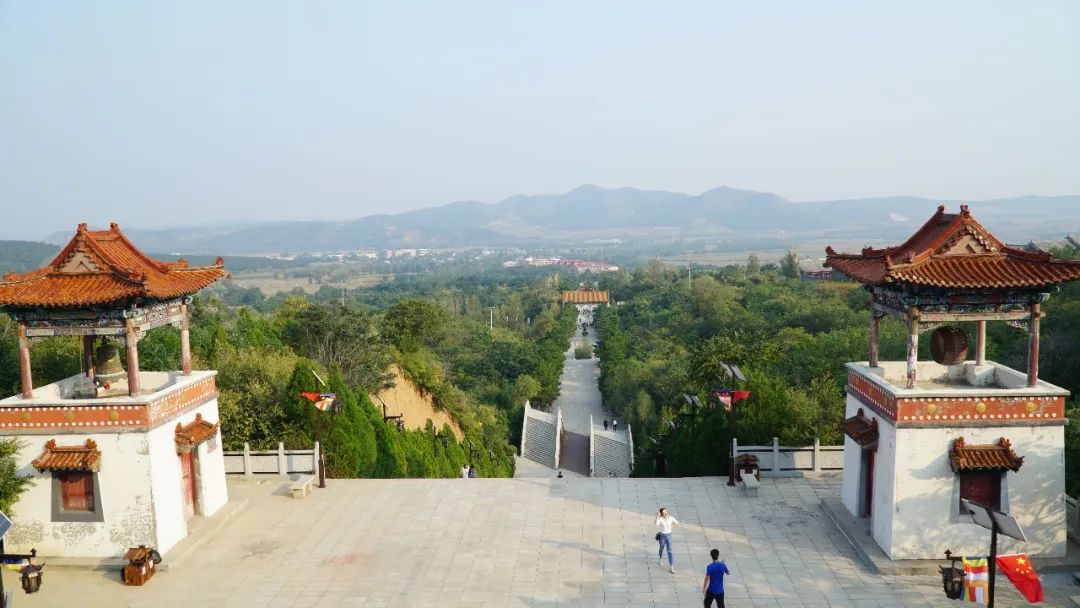
Take a photo before going down the mountain. We walked up the mountain through the front road.
The hotel we booked for the night was in Fuxin City. We went from Haitang Mountain to the city to find the famous open-pit mine memorial park. Fuxin's Haizhou open-pit mine was once the largest open-pit mine in Asia. It was closed in 2005, listed as the first batch of national mining parks in 2006, and approved as the country's first industrial heritage tourism demonstration zone in 2009. It has now become the Fuxin Haizhou Open-pit Mine National Mine Park. It covers a total area of 28 square kilometers and is divided into four major sections: the World Industrial Heritage Core Area, the Steam Locomotive Museum and Sightseeing Line, the International Mine Tourism Special Zone and the National Mine Sports Park. It has hundreds of scenic spots and is a world industrial heritage tourism project built on the site of an open-pit mine. It is an industrial heritage tourism resource that integrates tourism, investigation and popular science, and is also a new highlight of the country's first resource-depleted city transformation pilot.
It's not hard to find, just follow the directions on the navigator and there's a parking lot opposite the park.

Entrance. Of course this park is free.

The mining equipment at that time was all imported from the Soviet Union.

Passing this commemorative sign is the famous open-pit mine pit.

Take a panorama
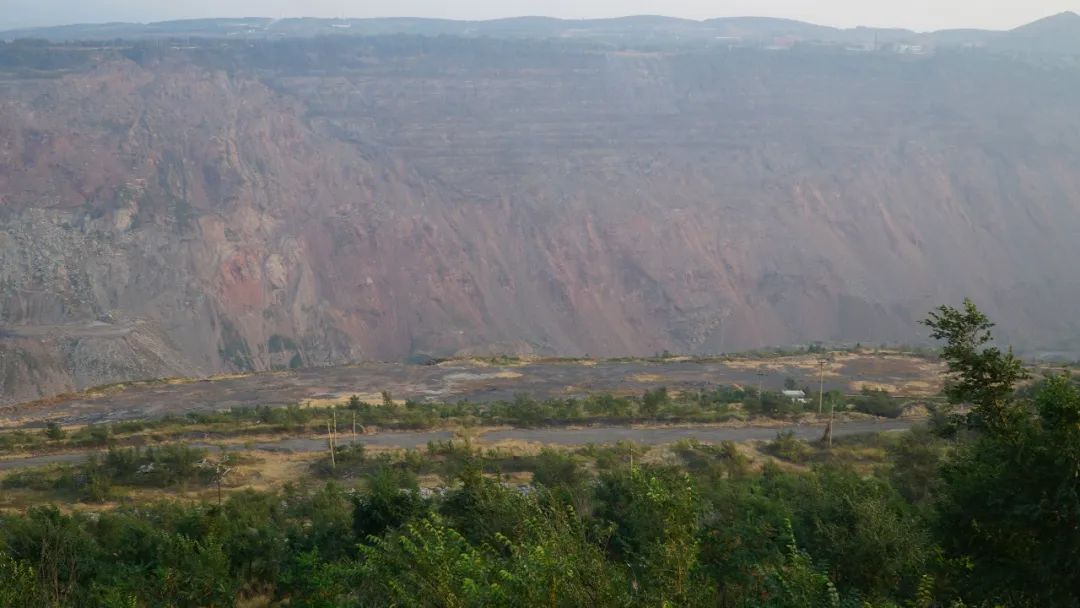
It's deep enough, and there is a railway in the pit.
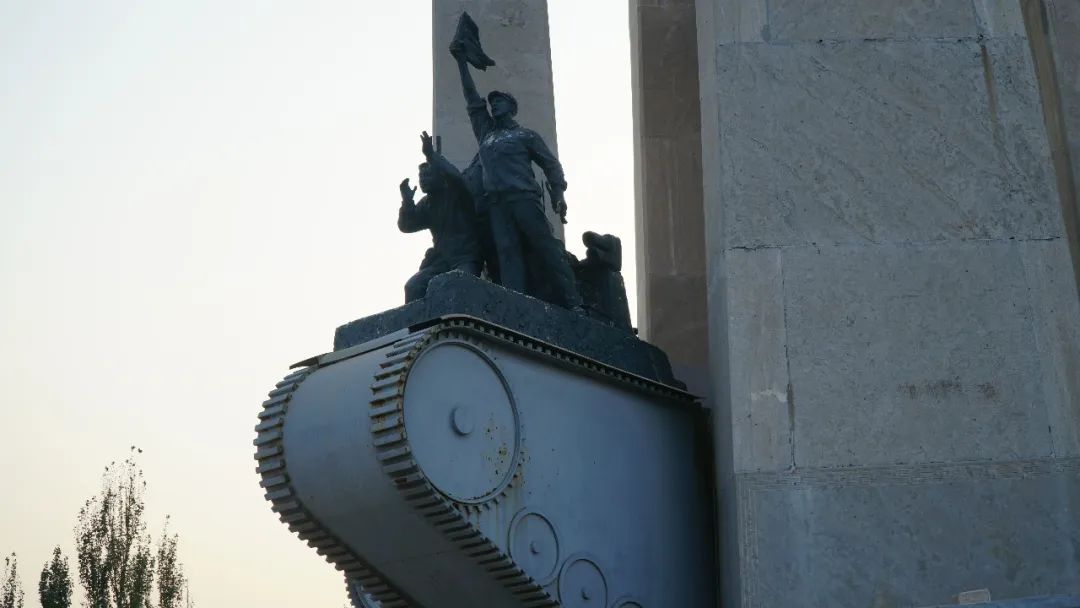
Go back to the foot of the commemorative plaque and take a close-up
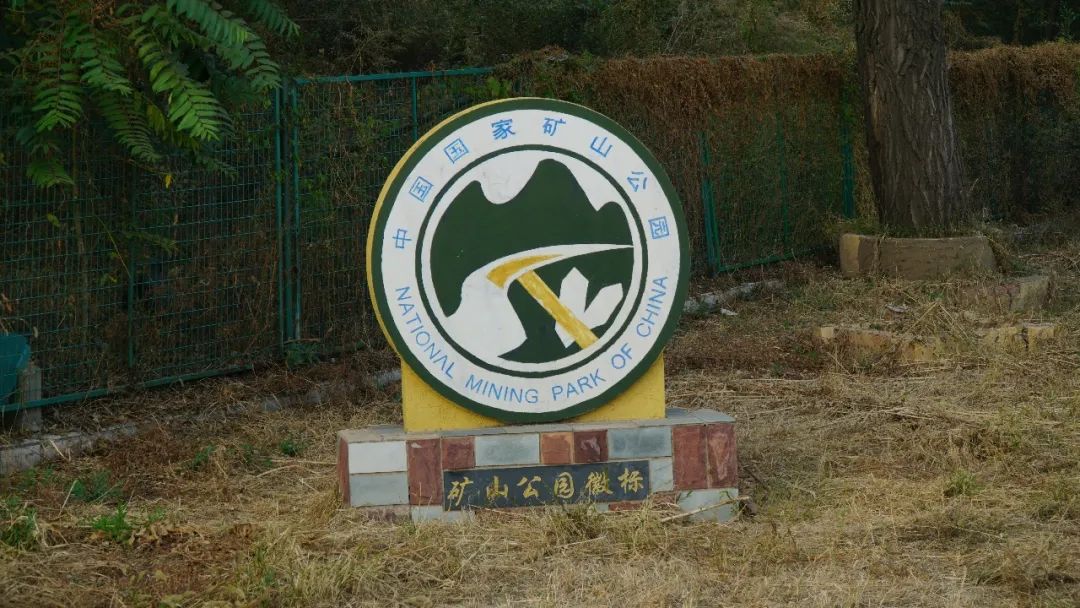

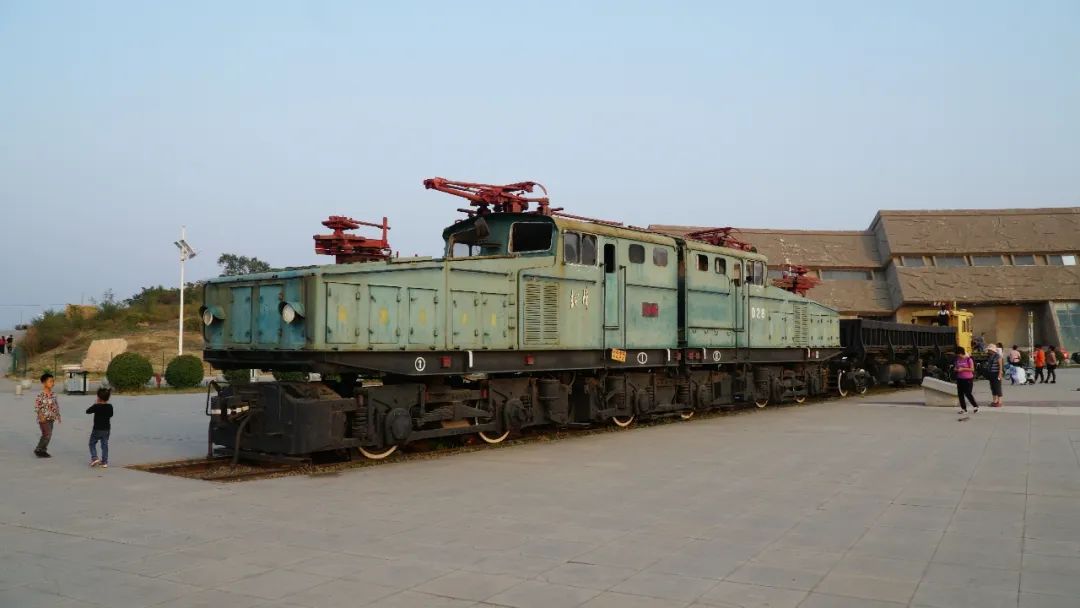
When I returned to the square to take pictures of mining equipment, my basic impression was that it was "big enough". There was also an electric shovel on top of the original five-yuan yuan. I forgot why I didn't take any pictures.
When I checked into the hotel in the evening, I tried my best to recall where I was. After all, I had worked here for a while, but I couldn't remember the scope of my activities at the time. Fuxin's urban development has also changed a lot in recent years. People among them don’t pay attention, but as someone who hasn’t been here for many years, I still feel it very deeply.
